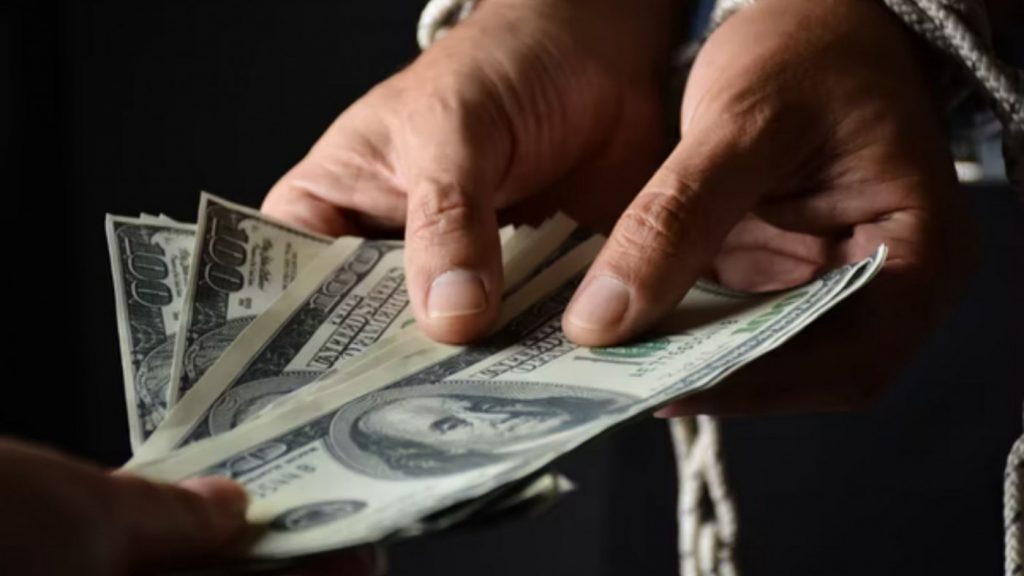Table of Contents
Do you want to know Terrorist Financing Examples are there? According to the International Centre for Counter Terrorism, slavery has become an important element for contributing the political, military and financial growth of one particular terrorist organization. Slavery in conjunction with human trafficking is indeed considered as one of the more important funding source of terrorist organization.
But first things first. The funds that are used for terrorist financing can be from a perfectly legal and legitimate source, but also have an illegal and criminal background.
These are Terrorist Financing Examples:
Legitimate Sources
Terrorist groups often operate legal businesses. Some of the biggest Islamic terror groups operated farms where peanuts were grown and honey was produced. They also operated trading companies, tanneries, furniture-making companies, and even bakeries.
Other examples from the last decade of unraveling terrorist activities include a construction and plumbing company, a used car dealer and workshop, a fishing business, and a manufacturing company. Even professional services-oriented businesses are not charmed against being employed by terrorist groups. There are examples where they operated investment companies and even a corporate audit firm.
Comparing terror groups with European ones, there are certain similarities. For example, the Provisional IRA and Loyalist groups in Northern Ireland both legally operated drinking clubs or pubs. Or at least, they were operated legally later on, when they obtained proper licenses for them and reported their income to the government. But they started-off as illegal businesses.
Illegitimate Sources
This bring us to the illegal and criminal sources of terrorist financing. On one way or the other, most terror groups rely on transnational crime. Transnational crime a global business valued at an average of 1.6 trillion US-Dollar to 2.2 trillion US-Dollar annually – and terrorist certainly have their shares in it.
To generate funds, some terrorist groups are involved in drug trade. An estimated 80 percent of the drugs in Europe have some connection to terror groups. Certain terror groups are also involved in the smuggling of people from Asia into Europe.

Terrorist groups are also heavily involved in the smuggling of commodities. For terrorist groups, as for other money launderer, the appeal of gems and precious metals is that they are small, yet highly valuable, secure in their value, and hard to trace. Smuggling creates profitable opportunities in places with differential tax rates and is also applied by terrorist groups directly in countries they are subject to sanctions. In one case, a terror group member bought cigarettes in North Carolina, where the taxes were low, then sold them at a discount in Michigan, where taxes were higher. The scheme generated an estimated $3.7 million dollars over the course of several years, while at least a portion of the profits were sent back to the Middle East.
Read: Financial Crime Academy
Smuggling has also a history in terrorist groups originating in Europe. In one of the rather odd cases of smuggling, the Provisional IRA smuggled pigs across the Northern Ireland and Irish Republic border. The IRA openly exported the pigs to the British side of the border, collected an export subsidy of eight pounds per pig, then smuggled the pigs back into Ireland and repeated the whole operation with the same pigs. This produced $2 million in one year and, as one scholar notes, “some very tired pigs.”








